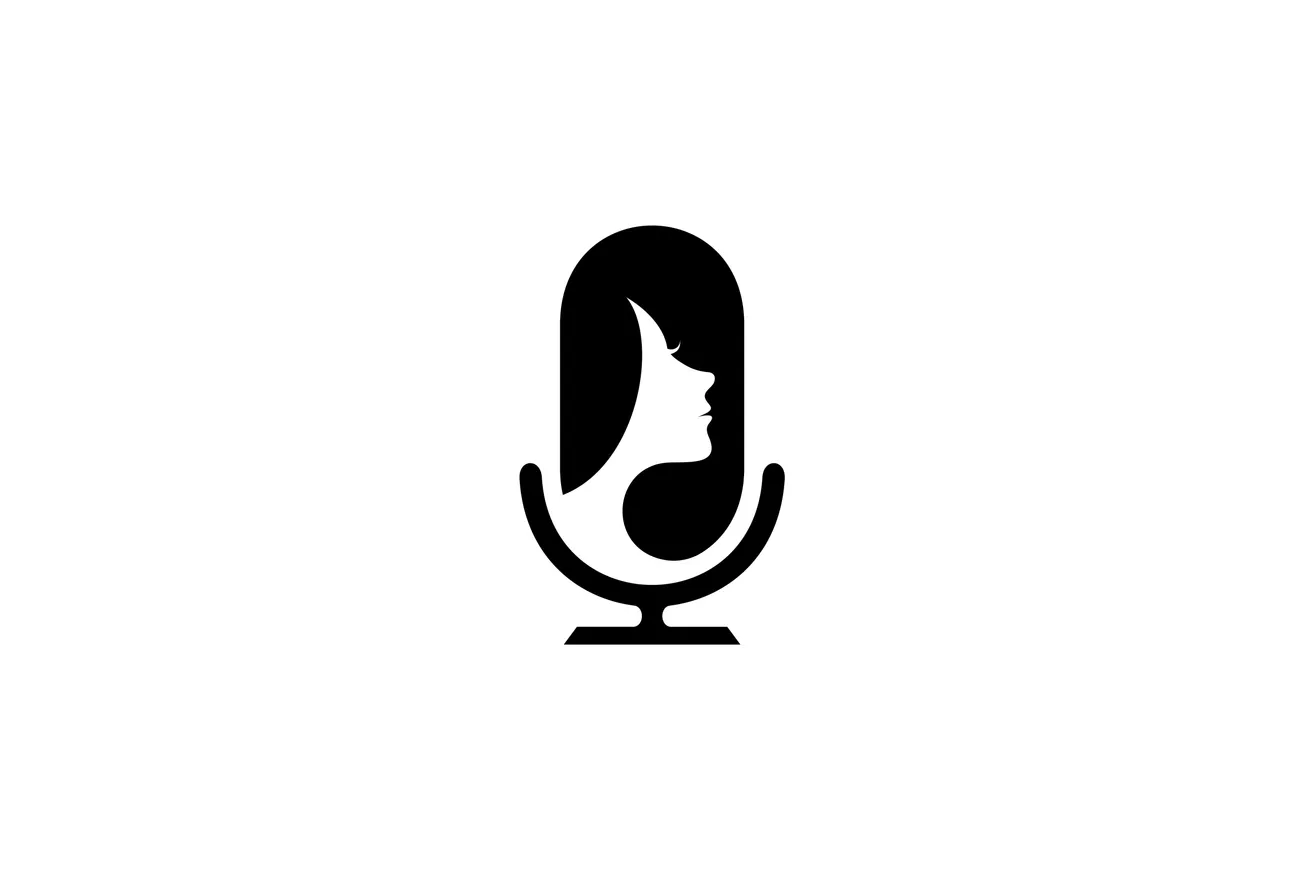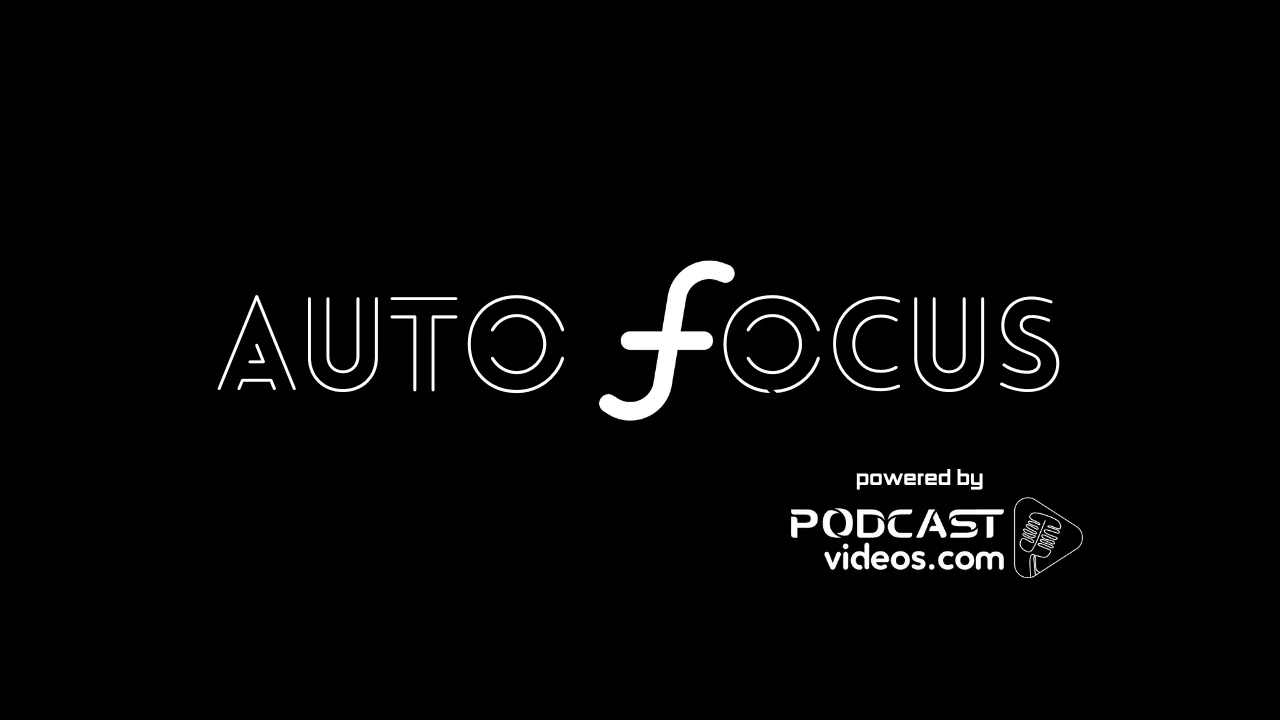The podcasting landscape continues to evolve, with new opportunities for growth emerging across diverse demographic segments. In 2024, over 53% of Americans aged 18 and above regularly consume podcasts, leaving large audiences still untapped.
One of the most significant segments identified in recent research is “The Persuadables,” an audience comprising around 20 million Americans. This group, predominantly women aged 55 and older, is transitioning away from traditional real-time media such as radio and Twitter, favoring more entertainment-driven platforms like YouTube and TikTok.
Despite their current preference for video content, The Persuadables show signs of openness to podcasting, especially if it fills the information void left by their declining use of older media platforms. The growing trend toward video podcasts offers an opportunity to engage this group, particularly through platforms where they already spend significant time.
Promoting video-based podcast content on YouTube, which allows for both visual and auditory engagement, could ease this group into podcast consumption. Furthermore, leveraging their interest in companion content—such as podcasts related to their favorite TV shows or films—provides a familiar gateway for introducing them to the medium.
Another key demographic driving podcast growth is younger audiences, particularly Gen Z and Millennials. Over 55% of Americans aged 12 to 34 are now regular podcast listeners, with their consumption patterns shaping the direction of the industry.
This group tends to favor short-form, visually engaging content, often consuming media through platforms like TikTok and Instagram. For podcasters, the ability to capture the attention of this audience relies on adapting content to fit their fast-paced media habits. Short clips, highlighting the most engaging moments of longer podcast episodes, can be shared across these platforms to funnel traffic back to the full-length episodes.
While younger audiences value entertainment, they also gravitate toward "edutainment" content—shows that provide educational value while still being engaging and light-hearted.
Podcasts that offer career advice, mental health discussions, or hobby-based content are particularly appealing to this demographic. Additionally, interactive podcasts, which allow listeners to engage with content in real-time through live polls or streaming events, are also gaining popularity.
The desire for more interactivity, especially among younger listeners, offers podcasters the opportunity to experiment with new formats and technologies.
Niche audiences, too, represent a powerful force in podcasting’s growth. In contrast to mass-market podcasts that cater to a broad audience, niche podcasts attract listeners with highly specific interests.
These listeners, often more engaged than general audiences, seek out podcasts that speak directly to their hobbies, professions, or personal passions. Whether it’s urban gardening, sustainable fashion, or vintage video games, niche podcasts can build highly loyal communities, which in turn creates opportunities for monetization through targeted ads, merchandise, and membership programs.
The rise of video-first consumers also presents a growing opportunity for podcasters willing to adapt. Platforms like YouTube, Twitch, and TikTok have made video-based podcasting increasingly popular.
For video-first consumers, the visual element enhances their engagement with podcast content, leading to higher retention rates and episode listenership. Podcasters who incorporate video into their episodes are well-positioned to attract this growing audience. In particular, platforms like YouTube serve as major discovery channels, where potential listeners often find new shows through video recommendations.
Recording podcasts with video elements and promoting them on these platforms allows creators to reach this audience where they are most active.
The expansion of podcasting’s global reach has also brought bilingual and multilingual audiences to the forefront.
In the U.S., Spanish-speaking populations represent a growing segment of potential podcast listeners. By offering podcasts in multiple languages, podcasters can increase their reach and cater to diverse cultural audiences.
AI tools are increasingly being used to provide translations and transcriptions, making it easier to produce podcasts in more than one language. In this way, podcast creators can overcome language barriers and tap into the growing demand for culturally relevant content.
AI also plays an increasingly important role in podcast production and distribution. AI-powered tools now allow podcasters to streamline the editing process, transcribe episodes, and even automate the creation of social media posts based on podcast content.
The integration of AI is also facilitating podcast discovery by optimizing content for SEO, making it easier for listeners to find podcasts on platforms like Spotify and Apple. For podcasters, investing in these technologies can not only enhance the production quality of their shows but also improve marketing efficiency.
The monetization landscape for podcasts is also evolving. With podcast advertising projected to grow by 43% in 2024, dynamic ad insertion is becoming a standard method for generating revenue.
Podcasters are increasingly experimenting with different monetization strategies, such as subscription models, ad-free episodes for paying members, and live podcasting events. In fact, live podcasting—where shows are recorded in front of an audience or streamed in real-time—has seen significant growth. This format not only offers a new way to engage listeners but also creates opportunities for ticket sales and event-based sponsorships.
As podcasting continues to grow, the ability to target and engage diverse audience segments will be critical for sustained success. From The Persuadables to Gen Z, video-first consumers, and multilingual audiences, podcast creators have a wealth of opportunities to expand their reach. By adapting to new trends such as video podcasting, AI-driven production, and interactive content, podcasters can stay competitive in an increasingly crowded marketplace.








